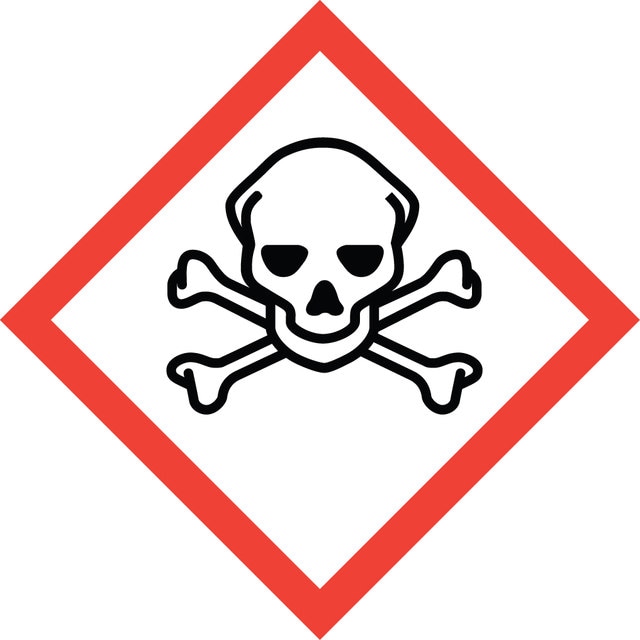Sign In to View Organizational & Contract Pricing
Select a Size
About This Item
Empirical Formula (Hill Notation):
C18H16O5
CAS Number:
Molecular Weight:
312.32
MDL number:
UNSPSC Code:
12352200
PubChem Substance ID:
NACRES:
NA.77
Quality Level
Assay
≥98% (HPLC)
form
powder
storage condition
desiccated
protect from light
color
yellow
solubility
DMSO: >5 mg/mL
storage temp.
room temp
SMILES string
COc1ccc(c(OC)c1)C2=CC(=O)c3cc(OC)ccc3O2
InChI
1S/C18H16O5/c1-20-11-5-7-16-14(8-11)15(19)10-18(23-16)13-6-4-12(21-2)9-17(13)22-3/h4-10H,1-3H3
InChI key
WUWFDVDASNSUKP-UHFFFAOYSA-N
Biochem/physiol Actions
6, 2′, 4′-trimethoxyflavone is a selective aryl hydrocarbon receptor (AHR) antagonist with no partial agonist activity.
6, 2′, 4′-trimethoxyflavone is a selective aryl hydrocarbon receptor (AHR) antagonist with no partial agonist activity. The role of the transcription factor aryl hydrocarbon receptor (AHR) in biology is still under evaluation and has expanded beyond that of a xenobiotic sensor and regulator of detoxification. Inhibition of AHR activity by antagonists could result in anti-inflammatory actions. 6, 2′, 4′-trimethoxyflavone (TMF) is a pure AHR antagonist. The compound compete with agonists, such as 2, 3, 7, 8-tetrachlorodibenzo-p-dioxin (TCDD) and benzo[a]pyrene (B[a]P), thus effectively inhibiting AHRmediated transactivation of a heterologous reporter and endogenous targets e.g. CYP1A1. TMF also exhibits no species or promoter dependency with regard to AHR antagonism. Thus it represents an improved tool allowing for more precise dissection of AHR function.
The AHR along with immune functions, is also associated with endocrine processes and cancer development.
Preparation Note
6, 2′, 4′-trimethoxyflavone is soluble in DMSO at a concentration that is greater than 5 mg/ml.
Signal Word
Danger
Hazard Statements
Precautionary Statements
Hazard Classifications
Acute Tox. 3 Oral
Storage Class Code
6.1C - Combustible acute toxic Cat.3 / toxic compounds or compounds which causing chronic effects
WGK
WGK 3
Flash Point(F)
Not applicable
Flash Point(C)
Not applicable
Choose from one of the most recent versions:
Already Own This Product?
Find documentation for the products that you have recently purchased in the Document Library.
Xiaoyi Guo et al.
BioMed research international, 2020, 4675395-4675395 (2020-07-01)
All drugs usually have side effects, which endanger the health of patients. To identify potential side effects of drugs, biological and pharmacological experiments are done but are expensive and time-consuming. So, computation-based methods have been developed to accurately and quickly
Joseph Shailender et al.
Drug development and industrial pharmacy, 44(7), 1109-1119 (2018-02-08)
Design chitosan based nanoparticles for tenofovir disoproxil fumarate (TDF) with the purpose of enhancing its oral absorption. TDF is a prodrug that has limited intestinal absorption because of its susceptibility to gut wall esterases. Hence, design of chitosan based polymeric
Antagonism of aryl hydrocarbon receptor signaling by 6, 2?, 4?-trimethoxyflavone
Murray IA, et al.
Journal of Pharmacology and Experimental Therapeutics, 332(1), 135-144 (2010)
Samantha C Faber et al.
International journal of molecular sciences, 21(11) (2020-06-13)
1,2-naphthoquinone (1,2-NQ) and 1,4-naphthoquinone (1,4-NQ) are clinically promising biologically active chemicals that have been shown to stimulate the aryl hydrocarbon receptor (AhR) signaling pathway, but whether they are direct or indirect ligands or activate the AhR in a ligand-independent manner
Isabel Llamas Jansa et al.
Molecules (Basel, Switzerland), 25(4) (2020-02-16)
In order to improve the suitability of NaBH4 as a clean fuel, its decomposition temperature needs to be decreased to below 535 °C, while its hydrogen release must be as high as possible. In this work, the influence of a
Our team of scientists has experience in all areas of research including Life Science, Material Science, Chemical Synthesis, Chromatography, Analytical and many others.
Contact Technical Service